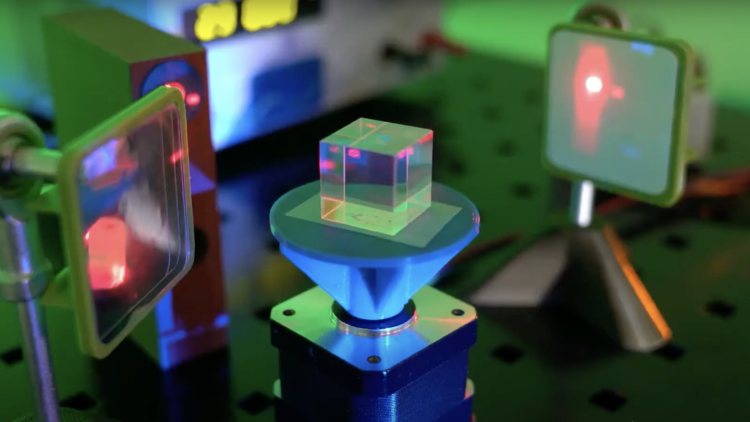The Department of Physics at Stevens Institute of Technology leads pioneering research across a wide range of advanced and rapidly evolving fields, including quantum systems, nanophotonics and optical science.
With a strong focus on both theoretical insight and experimental innovation, the department fosters a dynamic environment where faculty and students collaborate to explore the fundamental principles of nature and push the boundaries of modern physics.
Our work is aimed at delivering significant societal impact via advances in communications, computing and environmental technologies.
Faculty collaborate closely with undergraduate and graduate students in an environment that emphasizes both discovery and application, while investigating fundamental questions to develop emerging technologies.
Graduate Studies: Flexible, Supported, Connected
Graduate studies in physics at Stevens combine deep academic rigor with real-world relevance. Join faculty-led research in quantum science, atomic and molecular physics, or optics, and help uncover the principles driving innovation today. Our close proximity to New York City opens doors to leading labs, companies and institutions—equipping you with the knowledge, experience and network to succeed across diverse industries.











